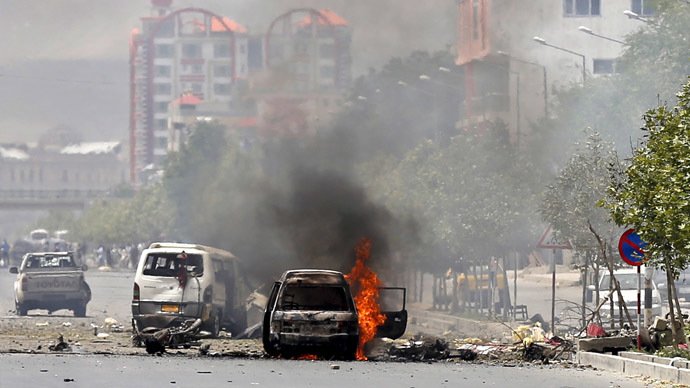
Three unexplained coronavirus cases in California, Oregon and Washington State raised concerns the virus could be spreading within the community, officials say.
The patients have no known connection to a badly hit country.
According to the World Health Organization (WHO), a total of 59 coronavirus cases have been confirmed in the US.
On February 28, health officials in California’s Santa Clara County said an older woman with chronic health conditions had been diagnosed with Covid-19.
According to officials, the patient is not known to have traveled to a country badly affected by the coronavirus or been in contact with a person who had.
Dr. Sara Cody, director of the Santa Clara County Public Health Department, said: “This new case indicates that there is evidence of community transmission but the extent is still not clear.”
Oregon health officials said a school employee in Clackamas County had tested positive for the new coronavirus.
In Washington State, authorities said another case concerned a high school student in Snohomish County.
Neither had any contact with a known case nor any history of travel to an affected region.
These bring the total of unexplained cases in the country to four, after another such case was reported in California on February 25.
Coronavirus: Iran’s Top Officials Test Positive for Virus
Coronavirus: Which Are the Worst-Affected Countries?
China Coronavirus: Signs, Symptoms and Treatment
The Democratic Party has criticized President Donald Trump’s response to the outbreak, arguing that he has contradicted his own health officials and tried to downplay the severity of the virus.
On February 28, President Trump hit back at Democrats, accusing them of politicizing the outbreak.
“This is their new hoax,” Donald Trump told a rally in South Carolina.
The president accused Democrats of advocating a policy of open borders and said this was “a direct threat to the health and wellbeing of all Americans”.
Earlier this week a patient who had no known connection with an affected region died in France.
On February 28, the WHO upgraded the global risk of the outbreak to its highest level.
However, it said there was still a chance of containing the new coronavirus if its chain of transmission was broken.
WHO head Dr. Tedros Adhanom Ghebreyesus also stressed that fear and misinformation were the biggest challenges to overcome.
He tweeted: “Our greatest enemy right now is not the #coronavirus itself. It’s fear, rumors and stigma. And our greatest assets are facts, reason and solidarity.”
Meanwhile, South Korea, which has the highest number of cases outside China, mobilized the army on February 29.
Soldiers are disinfecting large parts of Daegu, the south-eastern city that has been at the center of South Korea’s coronavirus outbreak.
On February 29, South Korea reported a sharp rise in the number of cases of the Covid-19 disease. It now stands at 3,150.
The respiratory illness has killed 17 people in South Korea so far.
The spread of the virus there has been linked to the fringe Christian group Shincheonji Church.
Authorities believe members infected one another during services in Daegu and then fanned out around the country, apparently undetected.


